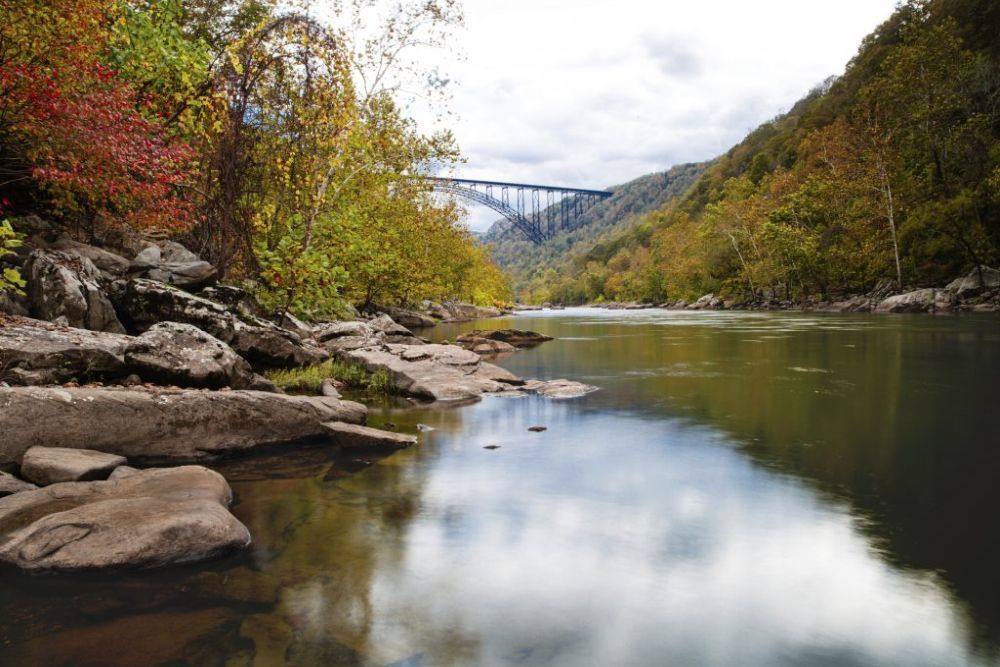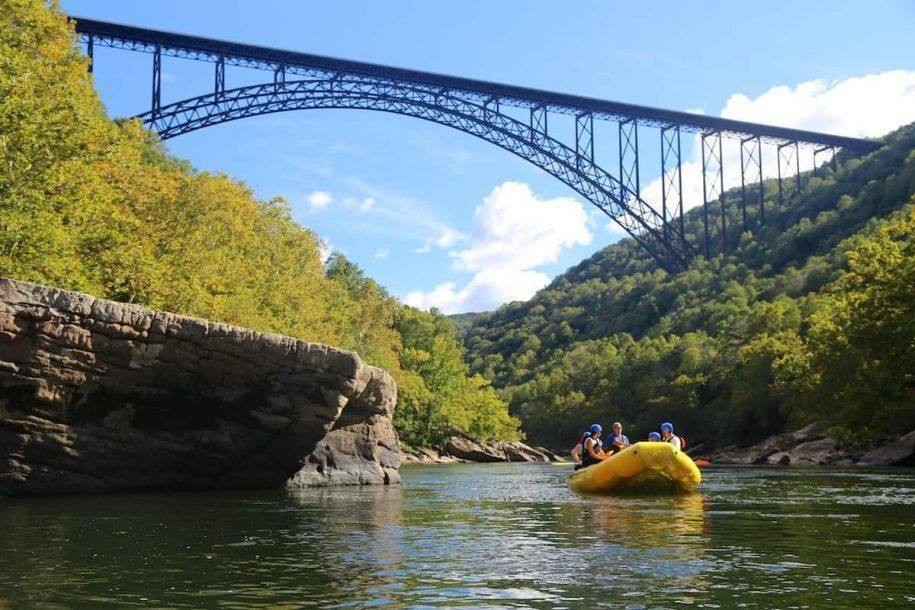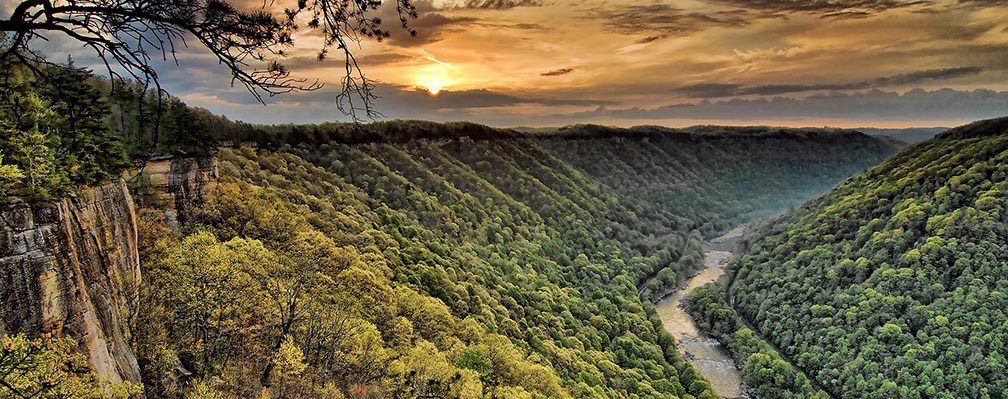The New River Gorge, located in the Appalachian Mountains of West Virginia, is a geological wonder and a historical treasure trove. Carved over millions of years, the gorge serves as a testament to the forces of nature and the resilience of the human spirit. In this blog post, we embark on a captivating journey through time to explore the history of the New River Gorge, from its ancient geological formation to its pivotal role in shaping the lives of indigenous communities, early settlers, and the modern region.
Geological Origins
The story of the New River Gorge begins eons ago, during the Paleozoic Era, when the supercontinent of Pangaea began to drift apart. The New River, one of the oldest rivers in North America, started to cut through the layers of rock, creating what we now know as the New River Gorge. Over millions of years, the powerful flow of water, combined with tectonic movements, formed the steep cliffs and deep canyons that define the gorge’s landscape today.
Geologists believe that the New River Gorge is approximately 320 million years old, making it a geological marvel that offers a unique window into Earth’s ancient history.
Indigenous Peoples and Early Inhabitants
The New River Gorge was once inhabited by various indigenous communities who revered the river and the land. Archaeological evidence suggests that Native American tribes, including the Cherokee, Shawnee, and Moneton, lived in the region for thousands of years. The New River served as a vital source of sustenance and a route for trade and cultural exchange.
These indigenous communities left behind petroglyphs, pottery shards, and other artifacts, offering glimpses into their rich heritage. However, the arrival of European settlers in the 18th century marked a turning point in the region’s history.
European Settlement and Industrialization
In the late 18th century, European settlers began venturing into the New River Gorge, seeking fertile lands and abundant natural resources. With the construction of the Kanawha Turnpike in the early 19th century, the gorge became more accessible, leading to increased migration and trade.
The discovery of vast coal reserves in the surrounding Appalachian mountains sparked an era of industrialization in the region. The mining of coal and other natural resources rapidly transformed the New River Gorge into a bustling economic hub. The growth of mining towns and the expansion of the railway system further accelerated the region’s development.
However, this period of rapid industrialization came at a cost. Environmental degradation and unsafe working conditions for miners became pressing issues. The labor movement gained momentum, advocating for better working conditions and labor rights.
Decline and Revival

Modern-Day New River Gorge
So, what are you waiting for? Luxury cabins, built with families in mind, in an area of endless adventure & activity. Book Now or give us a call at 304.658.5267 for more information!


